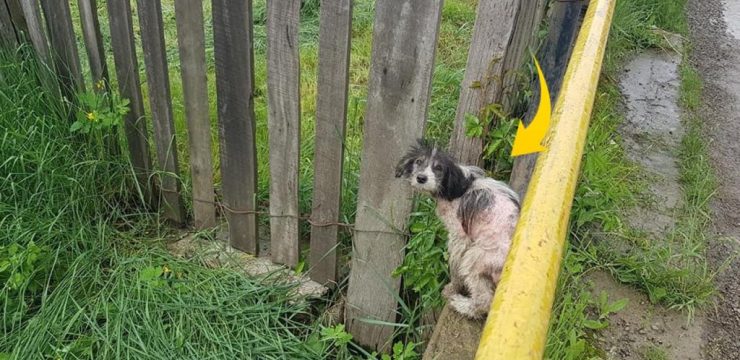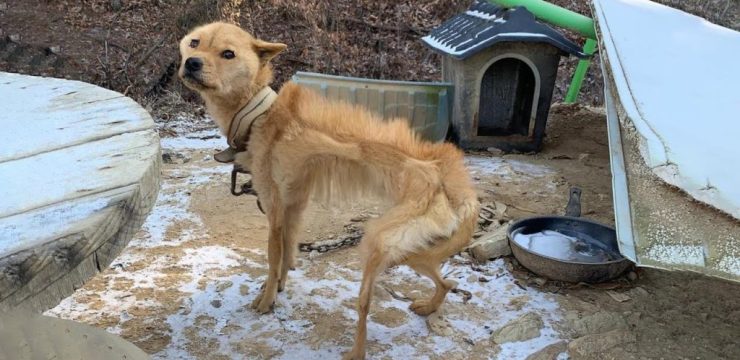Tires are one of the most critical safety components of any vehicle, yet their sidewalls—often overlooked—are also one of the most vulnerable parts. Unlike the tread, which is thick and durable, sidewalls are thinner and more flexible, making them more prone to damage. Many drivers eventually experience sidewall issues or curb rash on their rims, both of which can impact a vehicle’s performance and appearance. However, while curb rash is mostly a cosmetic concern, sidewall damage is a serious safety hazard that should never be ignored.
Understanding the causes of sidewall damage, its dangers, and how to properly address it can help you keep your vehicle in top condition and avoid potential accidents.

Common Causes of Sidewall Damage
The sidewall of a tire is significantly more fragile than the tread, which means it can be easily damaged by everyday driving hazards. Some of the most common causes include:
- Hitting curbs – Scraping against a curb can weaken the sidewall and lead to cuts or bulges.
- Potholes and rough roads – Deep potholes and jagged road surfaces can create sudden pressure on the sidewall, causing damage.
- Sharp debris – Running over nails, glass, or other sharp objects can puncture or tear the sidewall.
- Underinflation – Low tire pressure causes excessive flexing, making the sidewall more prone to cracking or cutting.
- Dry rot – Prolonged exposure to extreme temperatures, UV rays, and environmental conditions can cause the rubber to deteriorate over time, leading to cracks in the sidewall.
Why Sidewall Damage Poses a Serious Safety Risk
Unlike tread punctures, which can sometimes be repaired, sidewall damage is irreversible. The sidewall is constantly flexing as the vehicle moves, meaning any cut, crack, or bulge weakens the tire’s structure. Even minor damage can increase the risk of a blowout, especially at high speeds.
A blowout can cause an instant loss of air pressure, making it difficult—or even impossible—to maintain control of the vehicle. This puts not only the driver and passengers at risk but also other motorists on the road. If you notice deep cuts, bubbles, or cracks on your tire’s sidewall, replacing the tire immediately is the safest choice.
Understanding Curb Rash on Rims
Curb rash is another common issue, occurring when a vehicle’s rim scrapes against a curb, leaving behind scratches, scuffs, or dents. This often happens during parking or while making sharp turns in tight spaces.
While curb rash primarily affects a vehicle’s appearance, severe or repeated damage can cause functional problems. A deeply scratched or bent rim may prevent the tire from sealing properly, leading to slow air leaks or uneven wear. Over time, this can compromise handling and even increase the risk of a flat tire.
Is Curb Rash a Serious Problem?
Curb rash may not be an immediate safety concern like sidewall damage, but it shouldn’t be ignored either. A badly damaged rim can lead to:
- Driving instability – A bent or cracked rim can cause vibrations, making the vehicle harder to control, especially at higher speeds.
- Slow air leaks – A damaged rim may not form a perfect seal with the tire, leading to gradual pressure loss.
- Worsening structural damage – If left unchecked, minor rim damage can escalate into a bigger problem, requiring a full replacement.
What to Do If You Notice Tire or Rim Damage
If you suspect that your tire’s sidewall or rim has sustained damage, taking immediate action can help prevent further issues. Here’s what you should do:
1. Inspect the Tire Sidewall
Check for any visible cuts, cracks, bulges, or exposed inner layers. If the damage is significant, do not drive on the tire. Instead, have your vehicle towed to a tire shop for professional assessment.
2. Check Tire Pressure
A damaged sidewall can lead to slow air leaks. Use a tire pressure gauge to check levels and, if necessary, inflate the tire temporarily while driving cautiously to a service center.
3. Assess the Condition of the Rim
Look for scratches, dents, or bends. Minor surface scratches can be repaired, but if the rim is bent or cracked, it should be replaced immediately to prevent driving instability or further tire damage.
Why Tire Replacement Is Essential for Sidewall Damage
If a tire’s sidewall is compromised, replacing it is the only safe option. Here’s why:
- Sidewall repairs are unreliable – Unlike tread punctures, sidewall damage cannot be patched in a way that ensures long-term safety.
- Blowout risk increases – Weakened sidewalls are much more likely to fail suddenly, especially at highway speeds.
- Immediate replacement is necessary – Continuing to drive on a damaged sidewall is a major safety hazard that should never be ignored.
Addressing Curb Rash: Repair or Replace?
While curb rash isn’t always urgent, fixing it can help maintain your vehicle’s appearance and performance.
- DIY Repair Kits – Light scratches can often be buffed out using kits that include sandpaper, fillers, and specialized paint.
- Professional Rim Repair – For deeper scratches or dents, a professional service can restore the rim through sanding, buffing, and repainting.
- Rim Replacement – If the rim is bent or cracked, replacement is the safest option to prevent driving issues.
Could Repeated Damage Point to a Bigger Problem?
If you frequently experience tire or rim damage, it may indicate other issues:
- Driving habits – Hitting curbs often or making sharp, aggressive turns increases the risk of repeated damage. Adjusting driving behavior can help reduce these incidents.
- Alignment or suspension problems – If your vehicle is constantly experiencing tire or rim damage, a misalignment or suspension issue may be the cause. Have it checked by a professional.
- Parking choices – Parking in tight or crowded spaces raises the chances of curb rash. Choosing wider spots can help prevent unnecessary damage.
Preventative Maintenance for Safer Driving
Both sidewall damage and curb rash are common, but with the right precautions, you can minimize their occurrence. While curb rash is often just an aesthetic issue, sidewall damage is a serious safety risk that requires immediate tire replacement.
To prevent future damage:
✅ Regularly inspect your tires and rims for signs of wear or damage.
✅ Maintain proper tire pressure to avoid underinflation-related sidewall stress.
✅ Drive carefully, especially in areas with rough roads or tight parking spaces.
By staying proactive, you can keep your vehicle in top shape, ensuring a safer and smoother ride every time you hit the road.





